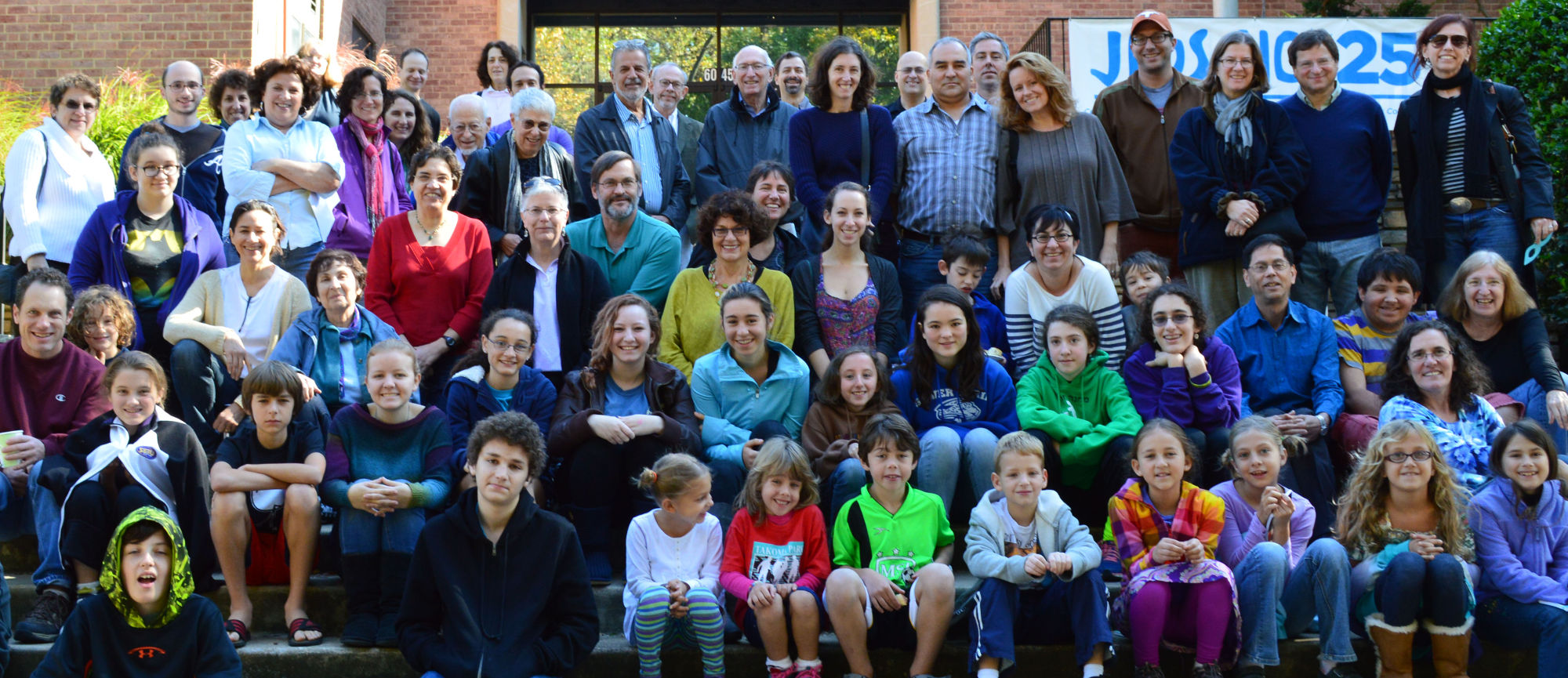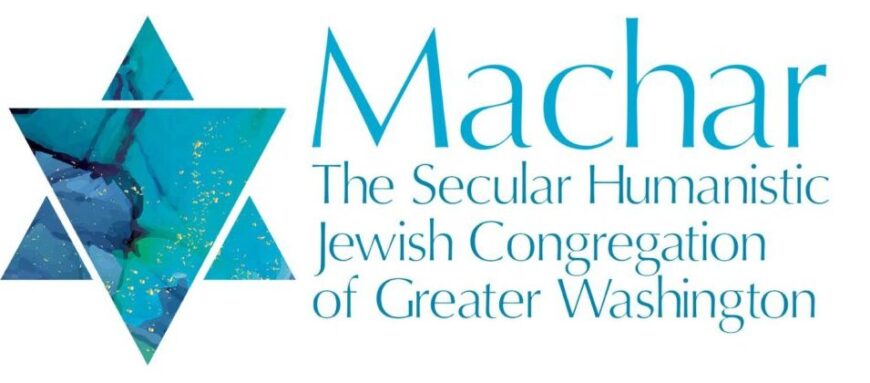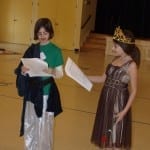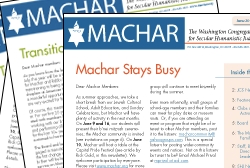
PURIM

Purim games
Purim is a time to make fun of government and powerful rulers, to laugh at or rail against oppressors.
Coming as it does before spring really opens up to us: Purim is a time to party and frolic.
We typically have our annual Purim Carnival on the Sunday morning closest to the holiday.
Adults and children dress in costumes, and the children act out the story. Satire and ridicule take over for the day. No celebration would be complete without feasting on hamantaschen, sometimes with unexpected fillings.
There is no historical basis for Purim. This holiday comes from a book in the Bible that has no theological basis at all and no mention of God. Sometimes the children’s story leaves out Vashti, the so-called “bad” wife, but we include her as a feminist hero because she refused to go along with the requests of her husband, the king. She thought for herself.
The Megillah, or Book of Esther, lists four ways to celebrate Purim: Reading the Megillah, giving charity, giving gifts of food (called shalakh manot), and the festive meal.
Some of the themes we may discuss or explore at Purim include:
- Self-defense versus aggression
- Taking risks; speaking out
- “Uppity” women
- Intermarriage
- Reversal of fortune; the meek shall inherit
- Humanistic Jews celebrate the heroes and chastise the villains of the world through modern Purim shpiels (plays, stories).
- The masks of Purim become the faces of Jewish men and women worthy of emulation, from Mordecai to Theodore Herzl and Albert Einstein, and from Esther to Henrietta Szold and Golda Meir.
- Humanistic Jews recall the heroism of individuals and the organized resistance to oppression of the Jewish people.



 Calendar 2024 -2025 Jewish Cultural School (JCS)
Calendar 2024 -2025 Jewish Cultural School (JCS) Adult Ed and Community Sunday Calendar
Adult Ed and Community Sunday Calendar